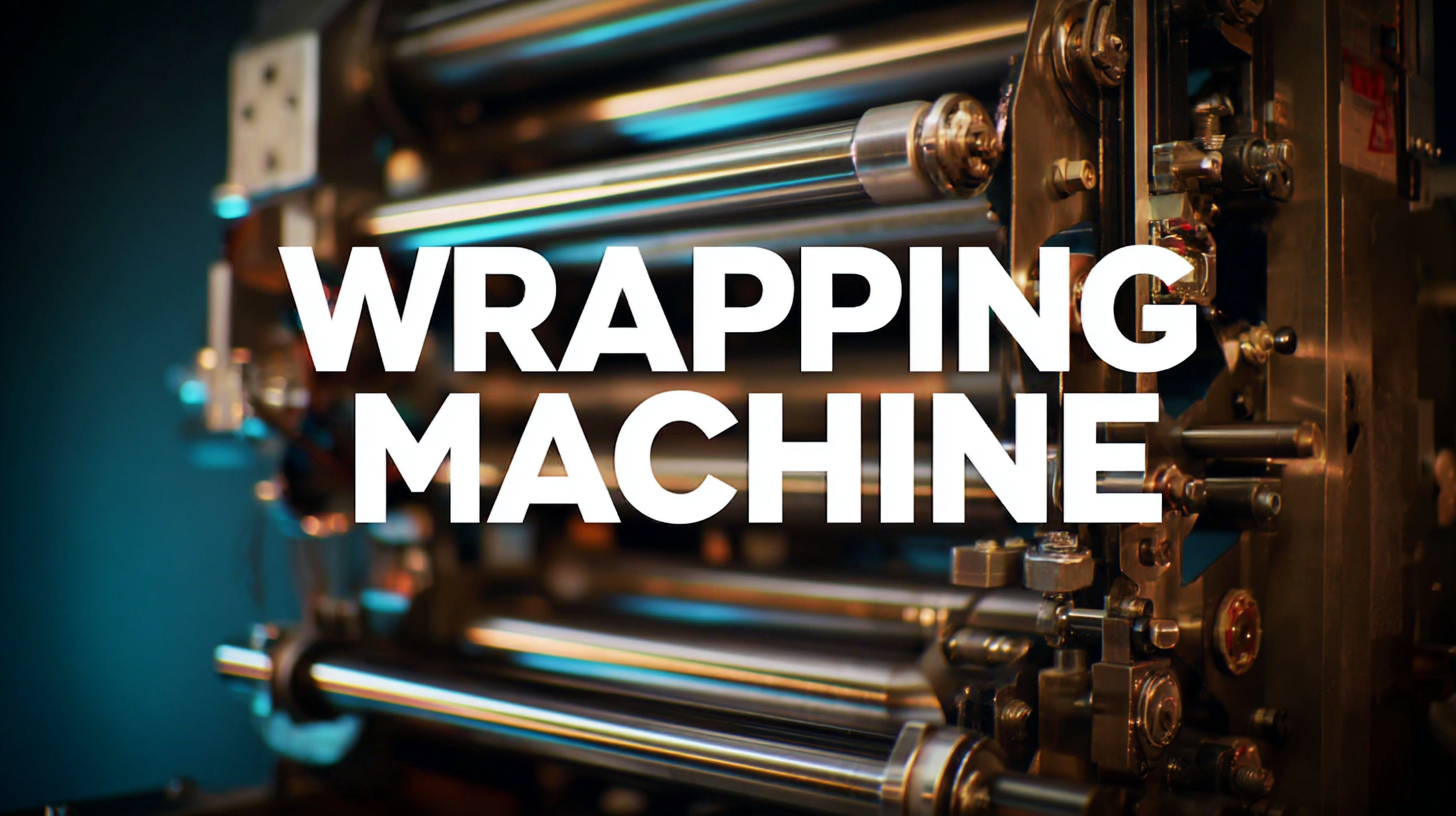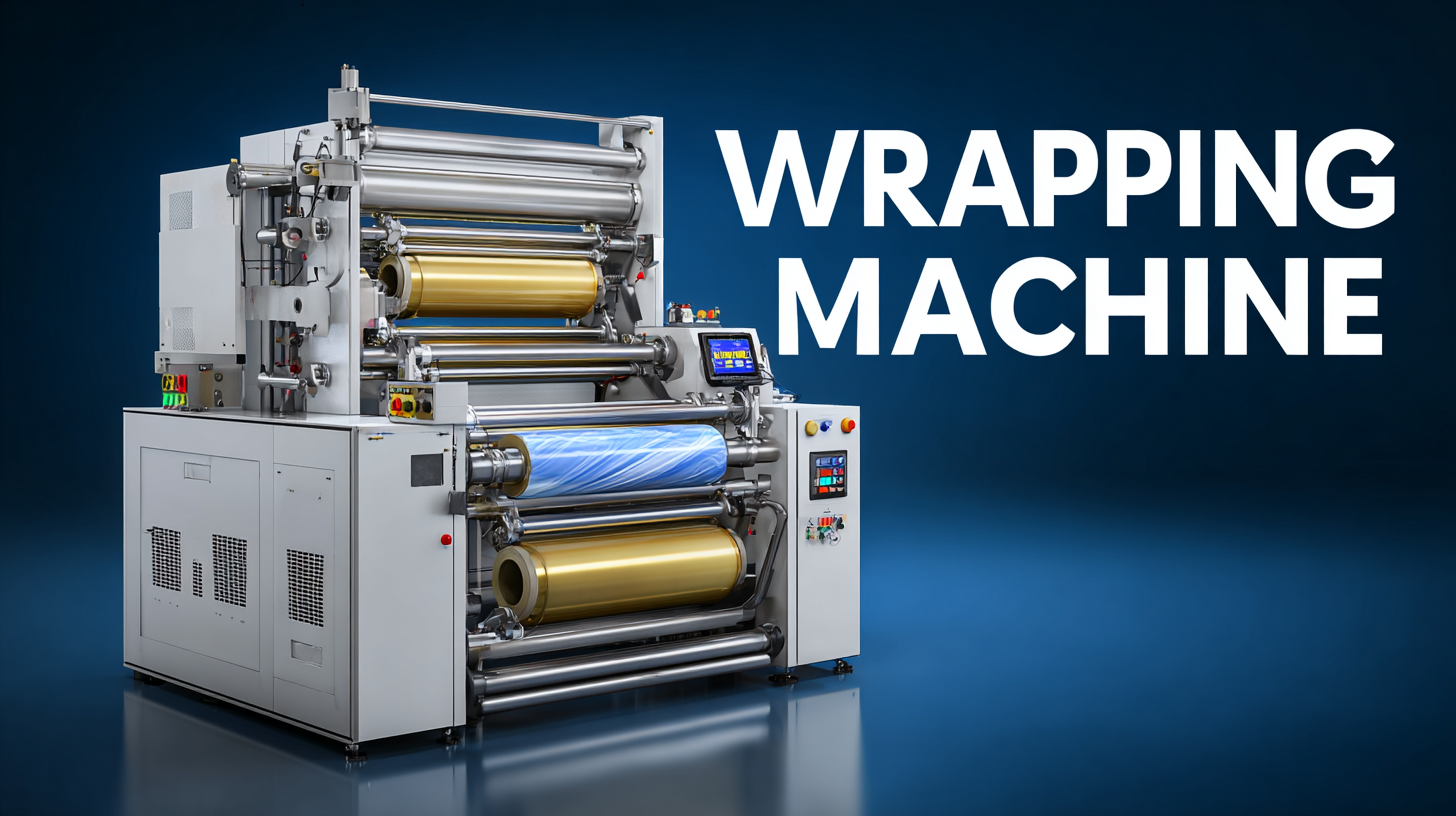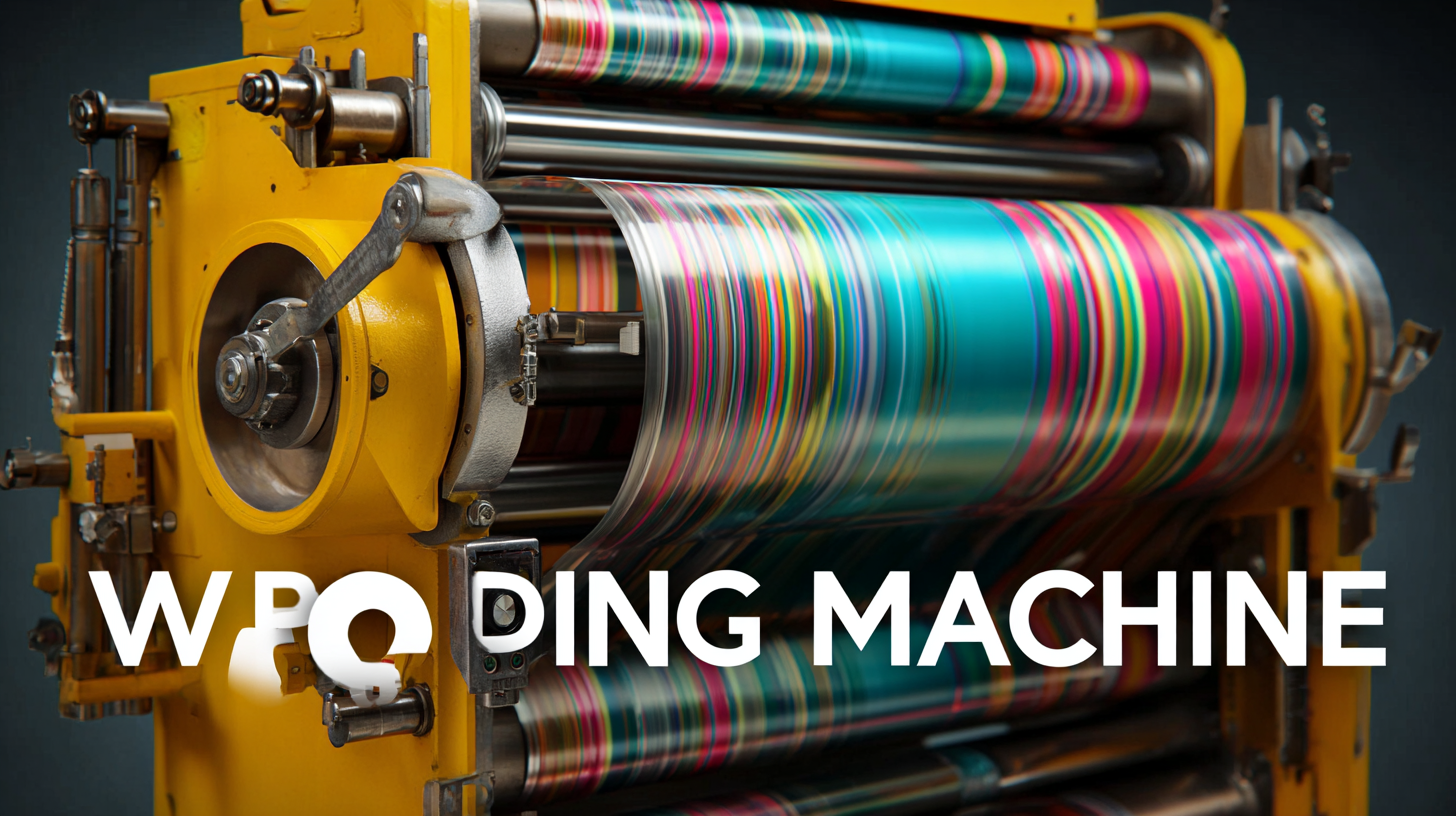The Definitive Guide to Sourcing the Finest Wrapping Machine Suppliers Worldwide
In today's fast-paced manufacturing environment, the significance of efficient packaging solutions cannot be overstated, making the selection of the right Wrapping Machine essential for businesses aiming for optimal productivity and cost-effectiveness. As we approach 2025, industry analyses reveal significant trends and innovations shaping the global market for wrapping machines. This definitive guide aims to explore the intricate landscape of wrapping machine suppliers worldwide, highlighting key factors that businesses should consider when sourcing these vital machines. From technological advancements to evolving consumer demands, understanding the future of wrapping machines will empower manufacturers to make informed choices, ensuring they remain competitive in an ever-evolving marketplace. Whether you are a small-scale operation or a large manufacturing entity, the insights derived from this guide will illuminate the path to acquiring the finest wrapping machine suppliers tailored to your specific needs.

The Importance of Understanding Product Types in the Wrapping Machine Industry
The wrapping machine industry has seen significant growth and innovation in recent years, driven by the increasing demand for efficient packaging solutions across various sectors. Understanding the different types of products available is essential for businesses looking to source the best wrapping machine suppliers. For instance, the global bag packaging machine market is projected to reach a value of $1.18 billion by 2025, expanding further to $1.68 billion by 2033, with a compound annual growth rate (CAGR) of 4.5%. This highlights the necessity of recognizing product types to cater to specific market needs effectively.
When considering sourcing strategies, businesses should focus on the type of wrapping machine that best fits their operational requirements. For example, shrink packaging machines, valued at $1.9 billion in 2023, are expected to grow at a CAGR of 4.5% from 2024 to 2032. This growth is largely attributed to the rising demand for packaged goods.
Tips: When evaluating suppliers, examine their product range, including vertical, horizontal, and form-fill-seal machines. Ensure that the supplier has a proven track record in your specific industry—be it food and beverage, pharmaceuticals, or cosmetics—to guarantee the machine's effectiveness and reliability for your packaging needs. It's essential to stay informed about the evolving trends and market demands to make informed purchasing decisions.
Key Characteristics of Flexibility in Wrapping Machines for Diverse Products
In today’s dynamic market, the flexibility of wrapping machines plays a crucial role in meeting the diverse needs of various products. According to the 2021 Packaging Machinery Market Report, the global wrapping machine market is expected to reach $5.3 billion by 2026, growing at a CAGR of 4.8%. This growth is fueled by the increasing demand for packaging solutions that can easily adapt to different product shapes, sizes, and materials. The ability to switch between multiple formats without extensive downtime is increasingly seen as a vital characteristic of modern wrapping machines.
A key aspect of flexibility is the machine's ability to handle a wide range of materials, from traditional plastics to eco-friendly alternatives. Research from Smithers Pira highlights that 75% of packaging professionals prioritize machines that support sustainable materials. Additionally, the integration of advanced technologies such as IoT and AI in wrapping equipment allows suppliers to provide tailor-made solutions, significantly reducing changeover times and enhancing operational efficiency. As businesses seek to streamline their processes while accommodating diverse product lines, sourcing wrapping machine suppliers that prioritize flexibility becomes an essential consideration.
Market Trends: Demand for Specialized Wrapping Machines by Product Category
The demand for specialized wrapping machines is witnessing significant growth across various product categories, particularly in the seafood sector. The shrimp processing equipment market is projected to expand notably, with machine types such as grading machines, cleaning machines, processing machines, and packaging machines playing vital roles. This segment is driven by the increasing consumer preference for fresh and frozen shrimp, which necessitates sophisticated packaging solutions to ensure product integrity and extend shelf life.
One key takeaway for manufacturers is the importance of sustainability in packaging technology. The sustainable packaging equipment market is expected to exceed $157.6 billion by 2024, driven by a compound annual growth rate (CAGR) of over 7.3% from 2025 to 2034. Companies should consider investing in eco-friendly materials and technology to meet both regulatory requirements and consumer expectations.
Moreover, the vacuum packaging market, anticipated to grow substantially, highlights the industry's shift towards advanced materials and solutions. By 2032, sector trends indicate a diverse application of vacuum packaging across various industries, thus encouraging suppliers to adapt to these evolving needs. Emphasizing efficiency and sustainability in packaging machinery will be crucial for thriving in this competitive landscape.
Comparative Analysis of Wrapping Machines for Delicate vs. Bulk Products
When it comes to wrapping machines, understanding the unique requirements of your products is crucial. According to a recent market analysis by Smithers Pira, the global packaging machinery market was valued at approximately $46.8 billion in 2022, with a projected growth rate of 4.8% annually through 2027. This growth is driven largely by the burgeoning e-commerce sector, which demands efficient and reliable packaging solutions. For delicate items, such as glassware or electronics, manufacturers require wrapping machines that can provide consistent film tension and cushioning, reducing the risk of damage during transit. The Precision Wrap 3000, which utilizes advanced sensors to detect product variations, exemplifies a machine tailored for such fragile products.
In contrast, bulk products, such as food items or consumer goods, necessitate a different approach. High-speed machines, like the BulkPack Pro 4000, offer rapid wrapping capabilities and durability, suitable for high-volume output without compromising quality. A report from Technavio shows that the demand for automated bulk wrapping solutions has increased by 20% in the past year, as businesses prioritize efficiency. Integrating automation not only boosts productivity but also minimizes labor costs. Therefore, when sourcing wrapping machines, it is essential to match the technology with the specific demands of the product type to maximize both efficiency and safety.

How Automation in Wrapping Machines Enhances Efficiency for Different Industries
Automation in wrapping machines has revolutionized efficiency across various industries, from food and beverage to pharmaceuticals and consumer goods. According to a report by Grand View Research, the global packaging automation market is projected to reach $93.4 billion by 2027, growing at a CAGR of 8.5%. This surge is largely driven by the demand for high-speed packaging solutions that reduce labor costs and increase output. By integrating automated wrapping machines, companies can streamline their operations, minimize human error, and ensure consistent packaging quality.
Tips: When selecting a wrapping machine, consider the specific requirements of your production line. Assess the speed, size, and type of materials used in your products. Additionally, choose suppliers that offer customizable solutions to meet unique operational needs.
Automation also enhances precision and sustainability. A McKinsey report highlights that automation can improve supply chain efficiency by 20-30%. Automated wrapping machines minimize waste through precise wrapping techniques, reducing material costs and environmental impact. As industries increasingly prioritize sustainability, these machines are essential in achieving eco-friendly packaging goals.
Tips: Regularly evaluate and upgrade your wrapping machines to keep pace with technological advancements. Investing in the latest machines can lead to significant long-term savings and a competitive edge in the market.

